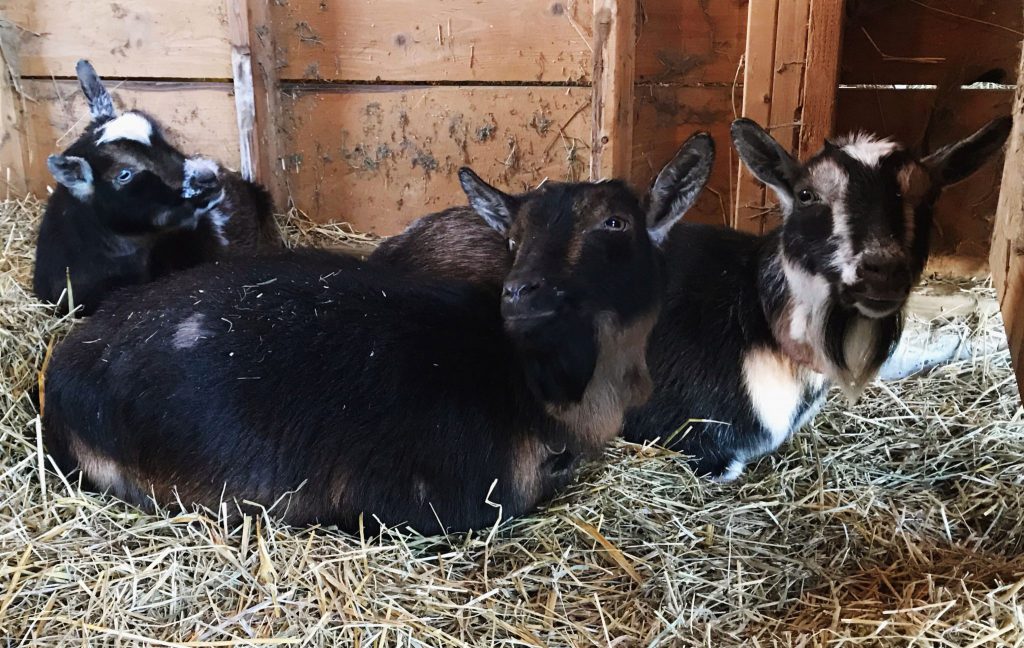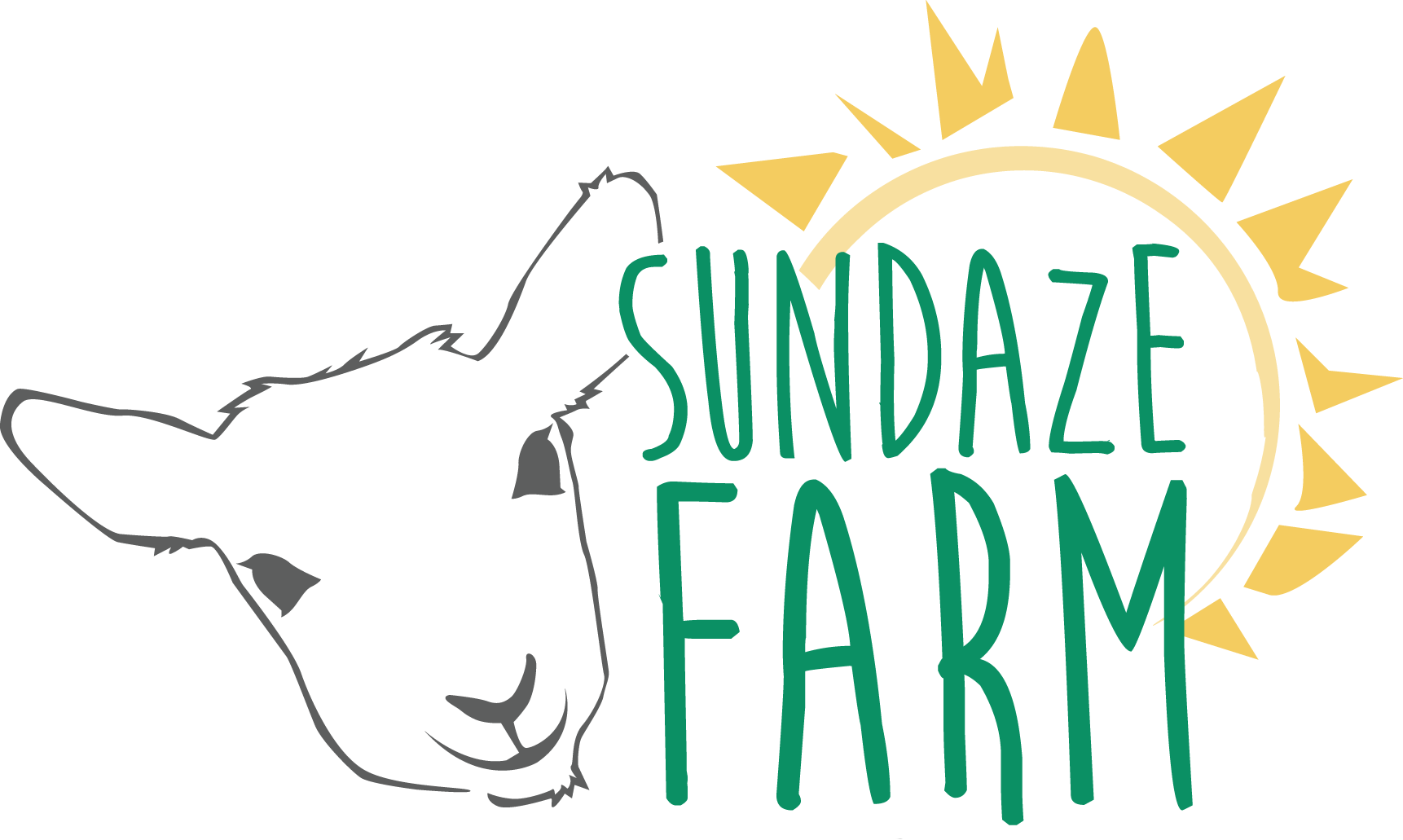Pregnancy, kidding, and lactation require large amounts of energy. If a doe is unable to consume enough feed (or the right types of feed) to support the energy needed, her body begins breaking down fat reserves, which produces compounds called ketones. Ketones in large concentrations in the bloodstream become toxic. This also causes blood sugar (glucose) levels to drop. Pregnancy toxemia refers to when this condition occurs prior to kidding (typically in the last 4-6 weeks of gestation), while ketosis refers to when it occurs after kidding during the beginning of lactation. Pregnancy toxemia can occur in any doe, but is especially concerning with does pregnant with multiple kids. Ketosis is more common in does that are especially high milk producers, as they tend to need more caloric intake to keep up with production.

How to prevent pregnancy toxemia and ketosis
Proper nutrition is essential for preventing pregnancy toxemia and/or ketosis. Goats should have access to free-choice, quality hay and loose minerals at all times. Ideally, in early pregnancy, you want your doe in good condition with little excess body fat. In the last 4-6 weeks of pregnancy, gradually increase caloric intake by offering more grain. Don’t make the adjustment to abruptly or you could upset their rumen. You want your doe to have enough feed to meet her caloric needs, but not SO much that she can become overweight, as this can cause kidding issues as well. Continue feeling a higher caloric feed ration during the doe’s lactation to compensate for the energy needed for milk production as well.
Unfortunately, there is never a one-size-fits-all solution to exactly what to feed your goats. It varies from farm to farm depending on the availability of forage, hay quality, etc. Using dairy goat body condition scoring will help you assess if your goat is underweight or overweight, and then you can make adjustments to your feeding program accordingly.
In addition, try to keep your pregnant does as stress-free as possible in their final weeks before kidding.
Signs of pregnancy toxemia and ketosis
- Depression
- Separating themselves from the herd
- Poor appetite or ceasing to eat entirely
- Decrease in milk production (if the goat is in milk)
- Dull eyes and coat
- Poor coordination, staggering
- Grinding teeth
How to treat pregnancy toxemia
Consult a vet whenever possible for treatment. If a vet is unavailable, you will want to do what you can to raise the doe’s blood sugar level. You can do this with Propylene Glycol or a mixture of molasses and corn syrup. FiasCo Farm recommends utilizing molasses and corn syrup: Mix 2 parts corn syrup to 1 part molasses then drench 20-30ml every 2 hours.
Additionally, give Probios and vitamin B complex injections will help stimulate the appetite and keep the rumen functioning.
